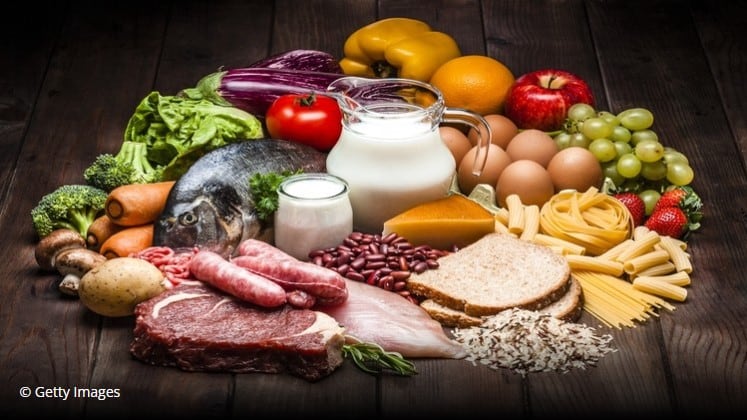The regulation now dictates that individual portions of the product in question for daily consumption shall provide less than 3 milligrams (mg) of monacolins from red yeast rice.
Food labels will also provide the number of individual product portions for maximum daily consumption and a warning not to consume a daily amount of 3 mg of monacolins from red yeast rice or more.
The amendments are 12 years in the making when the European Food Safety Authority (EFSA) was asked to issue an opinion regarding the health claims for monacolin K.
From 2010 onwards, potential safety concerns related to the consumption of foods containing this component from red yeast rice were raised.
“Classic dosage has always been 10 mg to be able to use the claim (monacolin K from red yeast rice contributes to the maintenance of normal blood cholesterol levels) so most of the products do still contain 10 mg,” explains Dr Luis Gosálbez, Managing Director of consulting firm Sandwalk Bioventures.
“Since 2018 however some of the major, most risk-averse players have been formulating with 2.95 mg to avoid issues, or re-formulating to take down the original dose of 10 mg to below 3 mg.
“Rumours about a 3 mg limit have been there since 2018. In fact, Amazon started to flag products with 10 mg or even containing monacolin, acting a bit as a de facto regulator.”
Removal of health claim
The health claim is likely to be removed from the Union list of permitted health claims as the regulation states, “the use of monacolins from red yeast rice at levels of 3 mg and more per portion of the product recommended for daily consumption should be prohibited.
“That substance should therefore be placed in Part B of Annex III to Regulation (EC) No 1925/2006 and its addition to foods or its use in the manufacture of foods should only be allowed under the conditions specified in that Annex.”
Dr Gosálbez went on to explain that other ingredients had gained popularity since then, eg vitamin B1, which has a "normal function of the heart" authorised claim as a proxy.
Also, stanols/sterols, which have a cholesterol claim but are more difficult to formulate with. 800mg are required and they are expensive.
He cited omega-3s, which also have an authorised claim, but again are difficult to formulate with due to low concentration and taste.
Dr Gosálbez further highlighted ingredients with implicit, not-authorised claims like coenzyme Q10, resveratrol, policosanols and berberine that have resonated with consumers in recent years.
“What will be a bit devastating to many products is that the claim will completely disappear,” adds Dr Gosálbez.
“There was hope in the industry that if the limit was brought down to 3mg, so would be the claim.
“Or a middle ground like "the product contains 2.95 mg of monacolin K. Monacolin K helps maintain normal levels of blood cholesterol with a daily intake of 10 mg" or similar.
“This is the case with other ingredients, however the decision to remove the claim for monacolin altogether has been made in order to discourage consumers to go 10 mg per day anyway, or manufacturers to mislead consumers.”
Additional requirements
The regulation, which went into force on 21 June, also requires food labels that warn consumers that the product, “Should not be consumed by pregnant or lactating women, children below 18 years old and adults above 70 years old”.
Other warnings required include to “Seek advice from a doctor on consumption of this product if you experience any health problems” and “Should not be consumed if you are taking cholesterol-lowering medication".
Labels should also instruct consumers not to consume the product if they are already consuming other products containing red yeast rice.




